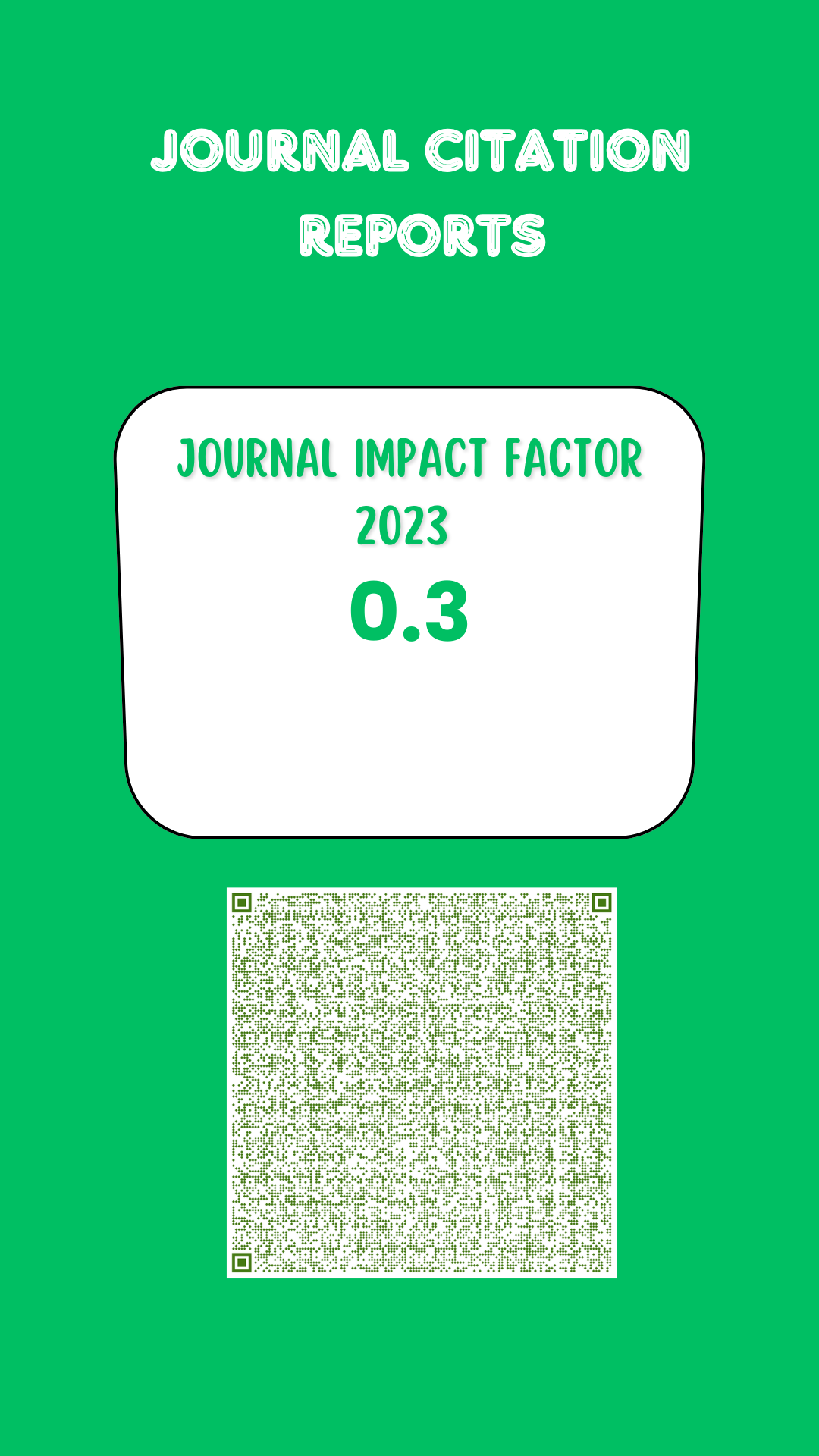Nutritional and nutraceutical quality of cowpea green bean (Vigna unguiculata [L] walp.) from Yucatan peninsula
DOI:
https://doi.org/10.19136/era.a7n3.2541Abstract
Cowpea beans are an important legume whose primary consumption is in dry grains, although immature pods rich in protein, vitamins, fiber, minerals and antioxidants are sometimes included. The objective was to determine the nutritional and nutraceutical quality of 13 accessions of cowpea beans (Vigna unguiculata [L.] Walp.) grown in the Yucatan Peninsula. The study was carried out under greenhouse conditions, under a completely randomized design. The moisture content, ash, fat, crude protein (CP), fiber, carbohydrates, length and weight of pods, mineral content, total phenols (TP) and antioxidant capacity (AC) were determined by the ABTS method and DPPH. The accessions HEC02, OXC05, JMM09, JMM10 and JAL14 stood out for presenting the longest length and weight of the pods. Accessions OXC04 and CHE06 excelled in ash content (8.48%), moisture (18.24%), CP (23.32%) and fiber (20.11%). In the mineral content, the HEC02 accession obtained the highest levels of K, Ca and Mg. Regarding the content of nutraceuticals, the HAL14 collection presented the highest values of TP (18.02 mg g −1 EAG ps) and CA for DPPH (6.19 mg Trolox 100 g−1 ps) and ABTS (4.95 mg Trolox 100 g−1 ps). The variability between accessions suggests that CHE06 due to its levels of protein and crude fiber, and HEC02 due to its high mineral content could offer nutritional advantages, while the HAL14 accession could be considered the accession with the best nutraceutical quality.
Downloads
Downloads
Published
Issue
Section
License
Aviso de copyright
Los autores que se envían a esta revista aceptan los siguientes términos:
una. Los autores conservan los derechos de autor y garantizan a la revista el derecho a ser la primera publicación del trabajo con una licencia de atribución de Creative Commons que permite a otros compartir el trabajo con un reconocimiento de la autoría del trabajo y la publicación inicial en esta revista.
B. Los autores pueden establecer acuerdos complementarios separados para la distribución no exclusiva de la versión del trabajo publicado en la revista (por ejemplo, en un repositorio institucional o publicarlo en un libro), con un reconocimiento de su publicación inicial en esta revista.
C. Se permite y se anima a los autores a difundir su trabajo electrónicamente (por ejemplo, en repositorios institucionales o en su propio sitio web) antes y durante el proceso de envío, ya que puede conducir a intercambios productivos, así como a una cita más temprana y más extensa del trabajo publicado. (Consulte El efecto del acceso abierto).



